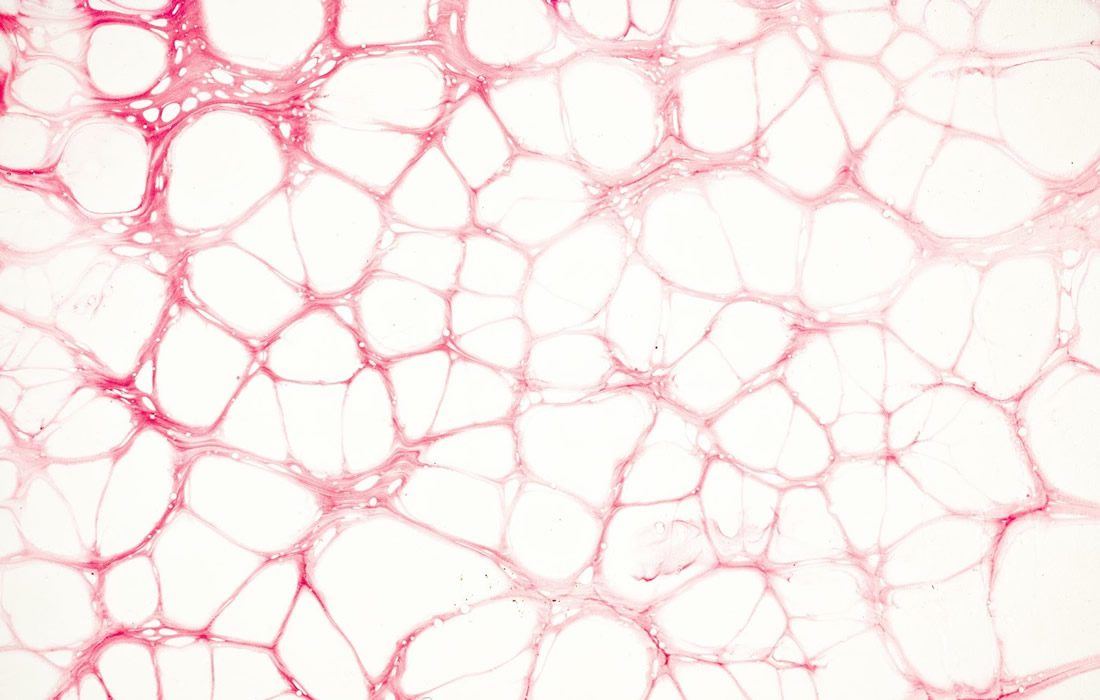Regenerative Medicine News and General Information
Producing Functional Heart Valves in Minutes
Researchers have developed a method for cheaply producing heart valves in the span of minutes that are functional immediately after being implanted into sheep. The scientists call their method “Focused Rotary Jet Spinning,” which they describe as “a cotton-candy machine with a hair dryer behind it.”
“The two big advantages of our method are speed and spatial fidelity,” says bioengineer Michael Peters, one of the study’s first authors. “We can create really small fibers on the nanoscale that mimic the extracellular matrix that heart valve cells are used to living and growing inside, and we can spin full valves in a matter of minutes, in contrast to currently available technologies that can take weeks or months to make.”
To make the valves, the researchers use air jets to direct liquid polymer onto a valve-shaped frame, resulting in a seamless meshwork of tiny fibers. The valves are designed to be temporary and regenerative: they provide a porous scaffold for cells to infiltrate, build upon, and eventually replace as the polymer biodegrades.
“Cells operate at the nanometer scale, and 3D printing can’t reach down to that level, but focused rotary jet spinning can put nanometer-scale spatial cues in there so that when cells crawl up into that scaffold, they feel like they’re in a heart valve, not a synthetic scaffold,” says senior author and bioengineer Kit Parker.
The team tested the valves’ strength, elasticity, and ability to repeatedly open and close using a pulse duplicator, a machine that simulates the heartbeat.
Finally, the researchers tested the valves’ immediate functionality in sheep, who are good animal models.
Surgeons implanted the valves into two sheep and monitored their position and function using ultrasound for one hour. Both valves implanted successfully and were immediately functional, but one sheep’s valve dislodged after a few minutes. In the second sheep, the valve showed good functionality for an hour, and post-mortem analysis indicated that there were no complications in terms of tears or thrombus formation and that cells had already begun to infiltrate and adhere to the valve.
Next, the team plans to test the valves’ performance over a longer duration and in more sheep. “We want to see how well our valves function over the scale of weeks to months, and how effectively and quickly the sheep’s cells and tissues are actually remodeling the scaffold,” says Peters.
Sources:
Sarah E. Motta, Michael M. Peters, Christophe O. Chantre, Huibin Chang, Luca Cera, Qihan Liu, Elizabeth M. Cordoves, Emanuela S. Fioretta, Polina Zaytseva, Nikola Cesarovic, Maximilian Y. Emmert, Simon P. Hoerstrup, Kevin Kit Parker. On-demand heart valve manufacturing using focused rotary jet spinning. Matter, 2023; 6 (6): 1860 DOI: 10.1016/j.matt.2023.05.025
Cell Press. “Heart valves made in minutes control blood flow immediately after being implanted into sheep.” ScienceDaily. ScienceDaily, 7 June 2023. <www.sciencedaily.com/releases/2023/06/230607123521.htm>.
Images from:
Photo by FLY
https://unsplash.com/photos/aef71KyW0JI

